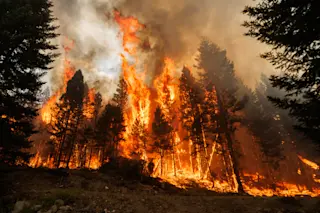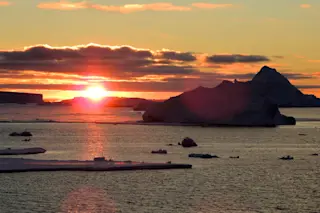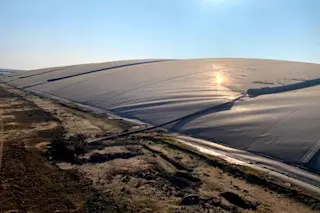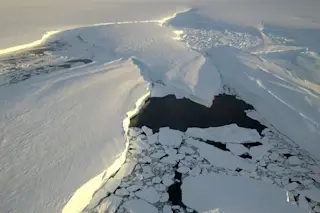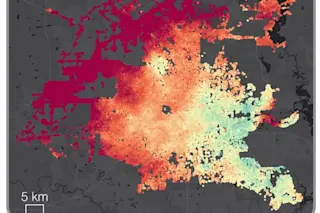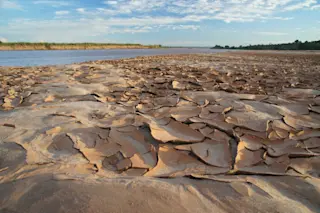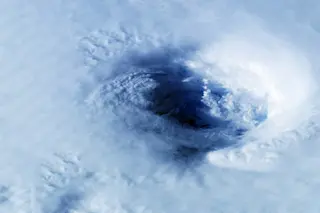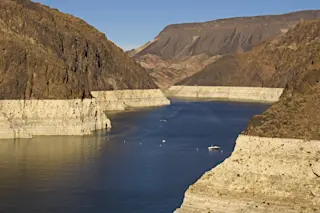While temperatures in Phoenix soared above 110 degrees Fahrenheit for a record-shattering 31 straight days in July, people began turning up in emergency rooms with third-degree burns they’d suffered after falling — their skin seared by blistering hot pavement. Although not unprecedented, burn specialists said the number and severity of injuries were much higher than ever before.
Meanwhile, 30,000 feet up, the jet stream had become deranged. Its wavy, loopy and swirling pattern helped lock heat domes in place, like the one over south-central Arizona. Meteorologist Jeff Berardelli called the pattern “insane.” University of Pennsylvania climate scientist Michael Mann likened it to a Vincent Van Gogh painting.
In Canada, by midsummer, wildfire season was already twice as bad as any other on record, thanks to abnormally warm and dry conditions. By early September, 63,700 square miles had burned — about half the size of South Carolina. Far-flung smoke from the ...


